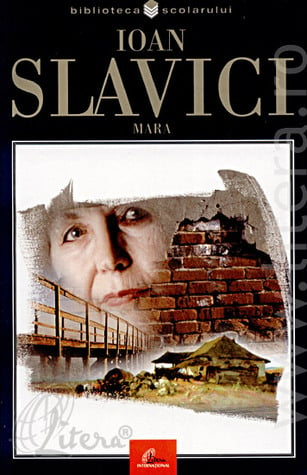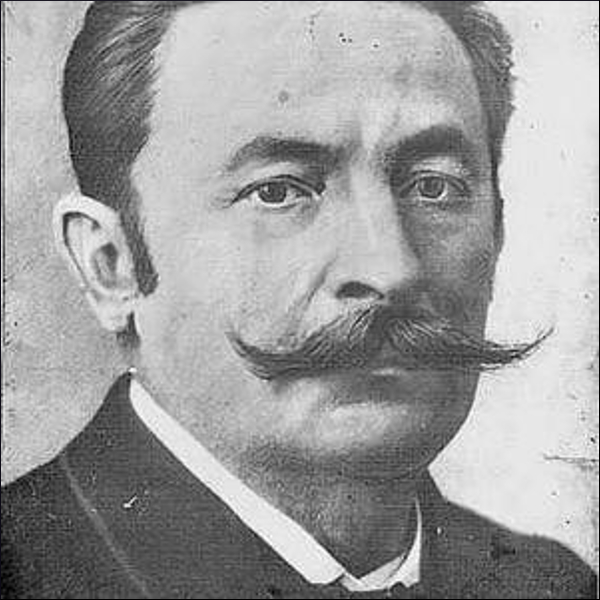
- Mara
- Published by: Ed. Porto-Franco
- Level: Intermediate
- First Published in: 1894
Mara is a social fresco of the Transylvanian world at the end of the 19th century, as well as a reference point in the evolution of Romanian prose through its focus on the psychological dimension of complex characters.

Ioan Slavici was a writer, journalist, memorialist, and playwright. Mara, published in 1894 in Vatra Magazine, is a social fresco of the Transylvanian world at the end of the 19th century, as well as a reference point in the evolution of Romanian prose through its focus on the psychological dimension of complex characters.
"Mara is a masterpiece of Romanian realism, a psychological novel, and a coming-of-age story"
Mara is a masterpiece of Romanian realism, a psychological novel, and a coming-of-age story. As a typical Romanian peasant living in the heart of the mountains, although a widow with two children, Mara Barzovanu is “tanara si voinica si harnica si Dumnezeu a lasat sa aiba si noroc” (still young and robust and hardworking with good luck from God). She is a business woman who “vinde ce poate si cumpara ce gaseste” (sells what she can sell and buys what there is to buy), working tirelessly from morning to dawn at her stalls in Lipova . With “obraji batuti de soare, de ploi si de vant ” (sun-burned and rain-and-wind-swept cheeks), Mara is determined to make money, not only to offer her children Trica and Persida a decent life, but also to earn the respect of the community she lives in, fully aware money is the only way to climb the social ladder.

As a loving mother, she dreams of marrying her daughter off to a priest and sending her son to school. After Mara’s hard work and her unwavering determination afford her to send her daughter off to a convent , the book’s focus shifts from Mara to Persida. From this point forward.The plot now follows Persida: her coming of age and the frustrations and rebelling that come with it. While still a young girl at the convent, Persida falls in love with Natl, a young man of different nationality and religion. Because she loves Natl, she refuses to marry Codreanu, the priest her mother has chosen to be her husband. Instead, when Persida turns eighteen, she secretly marries Natl and the young couple travels to Vienna. After a while, they return to Lipova, where things take a turn for the worse after they open up a bar. Natl starts drinking and being violent towards Persida, Persida –despite this, she stays with him. The birth of their child helps restore her fraught relationship with her mother, while Natl gives up drinking and admits to Persida that she hasn’t deserved dealing with his rash behaviour.
The language used by Slavici in the novel parallels Mara’s struggle to grow in the eyes of the community and surpass her family’s social status. Conversely, although Slavici displays a tendency towards folk and archaic words, the presence of neologisms reflects Slavici’s desire to grow as a writer and transcend the restrictions imposed by language. Words like “contrazice” (to contradict), “convins” (convinced), “demon” (daemon), “umilit” (humiliated), and “virtute” (virtue) are neologisms of Latin origin, and their use is a clear indication of Slavici’s desire to progress as a writer.

